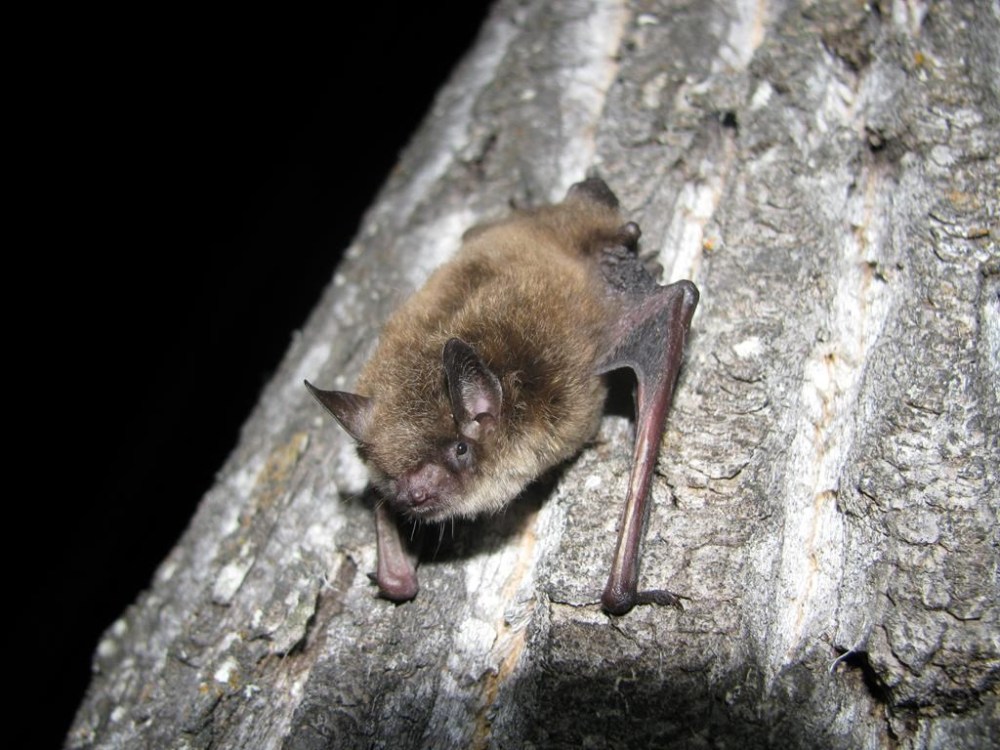Bat fungus that causes fatal White-Nose Syndrome makes first appearances in Alberta
Advertisement
Read this article for free:
or
Already have an account? Log in here »
We need your support!
Local journalism needs your support!
As we navigate through unprecedented times, our journalists are working harder than ever to bring you the latest local updates to keep you safe and informed.
Now, more than ever, we need your support.
Starting at $15.99 plus taxes every four weeks you can access your Brandon Sun online and full access to all content as it appears on our website.
Subscribe Nowor call circulation directly at (204) 727-0527.
Your pledge helps to ensure we provide the news that matters most to your community!
To continue reading, please subscribe:
Add Brandon Sun access to your Free Press subscription for only an additional
$1 for the first 4 weeks*
*Your next subscription payment will increase by $1.00 and you will be charged $20.00 plus GST for four weeks. After four weeks, your payment will increase to $24.00 plus GST every four weeks.
Read unlimited articles for free today:
or
Already have an account? Log in here »
Hey there, time traveller!
This article was published 12/01/2023 (1065 days ago), so information in it may no longer be current.
EDMONTON – A fungus that causes a disease nearly wiping out bat populations in Eastern Canada and the United States has made its first appearance in Alberta.
The fungus that causes white-nose syndrome, which starves bats to death by interrupting their winter hibernation, was identified in several locations in the province last year after being found in Saskatchewan in 2021.
“It looks like it’s spreading about 500 kilometres a year,” said Cory Olson of the Wildlife Conservation Society Canada, which conducted the research.

Society researchers collected bat droppings from underneath 800 bridges where the tiny mammals like to rest during the night.
“A lot of bridges have bats,” said Olson. “About half of all the bridges we looked at had bat guano.”
When analyzed, two samples from along the southern stretch of the Red Deer River came back positive for the fungus. Other samples that showed likely fungus came from along the Milk River in southern Alberta and as far north as the Battle River near Cold Lake.
White-nose syndrome is caused by a fungus that affects an infested bat’s skin. Olson compared it to athlete’s foot.
“It eats away at their skin and they have to come out of hibernation to fight the infection — or it may be irritating and they can’t hibernate when it’s happening.”
Bat immune systems barely function when they’re hibernating, meaning they must wake up to fight the fungus. But during hibernation, bats may have to go without food for six months. Coming out of it costs them energy they need to make it through the winter.
“They simply starve to death before they can start feeding again,” Olson said.
Because bats huddle closely together to survive the cold, the disease passes quickly. It’s also deadly.
In one cave in Eastern Canada, 98 per cent of bats died. In Montana, where the disease has been present for almost 20 years, bat populations have shrunk by about 90 per cent.
Alberta has already declared endangered two species of the little brown bat, the province’s most common bat, out of concern for the disease’s eventual arrival.
“We’re pretty likely to see similar declines in Alberta,” Olson said. “It’s not a lot of bats that can survive this disease.”
White-nose syndrome first appeared in North America in 2006 in New York state, probably through shipping. It’s spread mostly bat-to-bat, although humans can play a role.
Bats play an important role in their various ecosystems. They are the major nighttime predator of flying insects, such as mosquitoes. A bat can eat its body weight in bugs during a single night’s hunt.
They also feast on insects that damage human crops. Moths, for example, are prime bat food. Moths grow from caterpillars, a significant crop pest.
Olson said an American study concluded that bats provide pest control worth billions every year. He said the Canadian figures are likely in the “many millions” of dollars.
A small number of bats have shown a natural resistance to the fungus, which scientists are trying to understand. As well, researchers are experimenting with an antifungal agent that could be sprayed into bat caves.
Olson urges people to disturb bats as little as possible.
“Let them do their thing,” he said. “Bats are in trouble.”
This report by The Canadian Press was first published Jan. 12, 2023.
Note to readers: This is a corrected story. A previous version said white-nose syndrome was detected.
